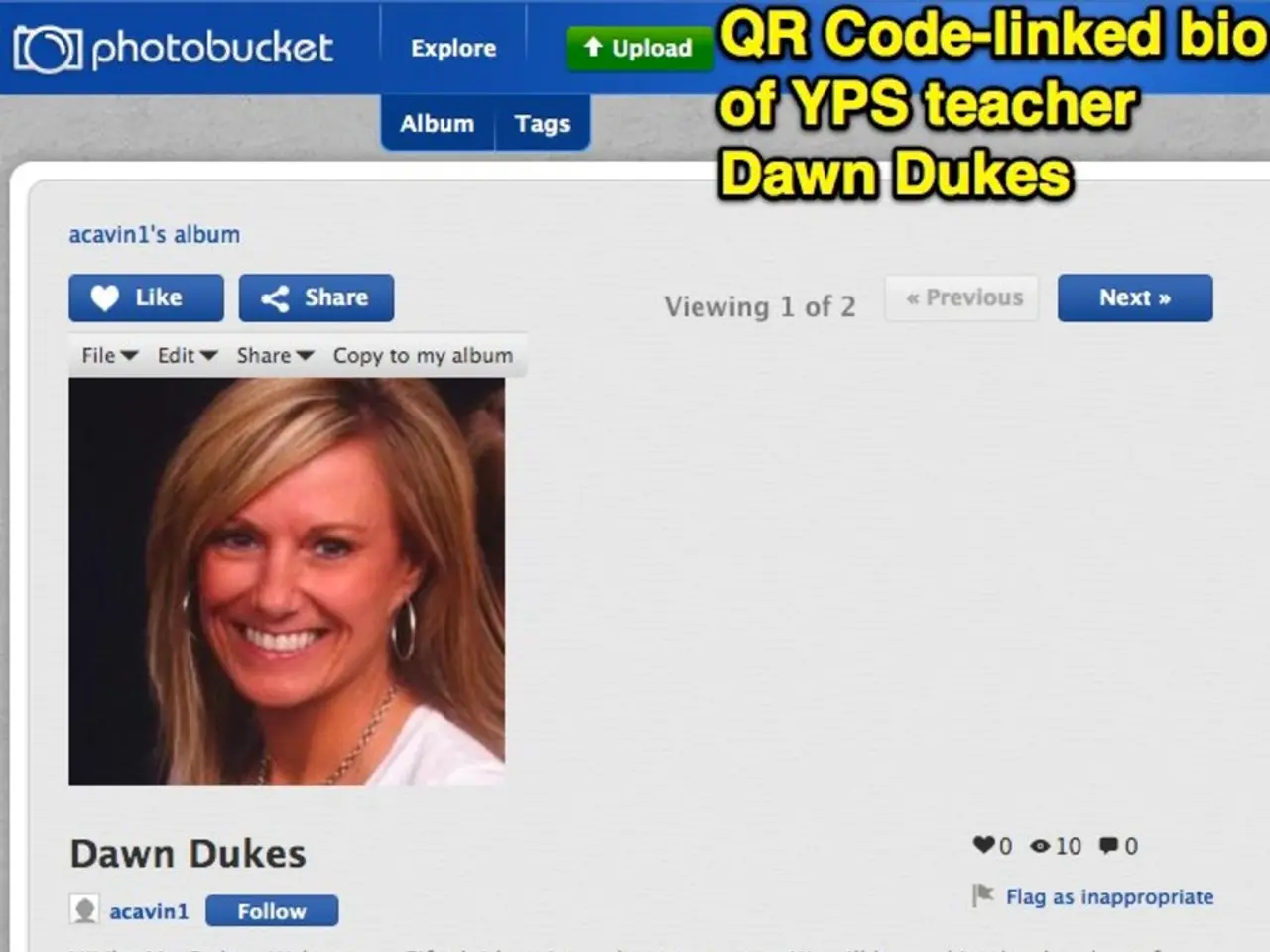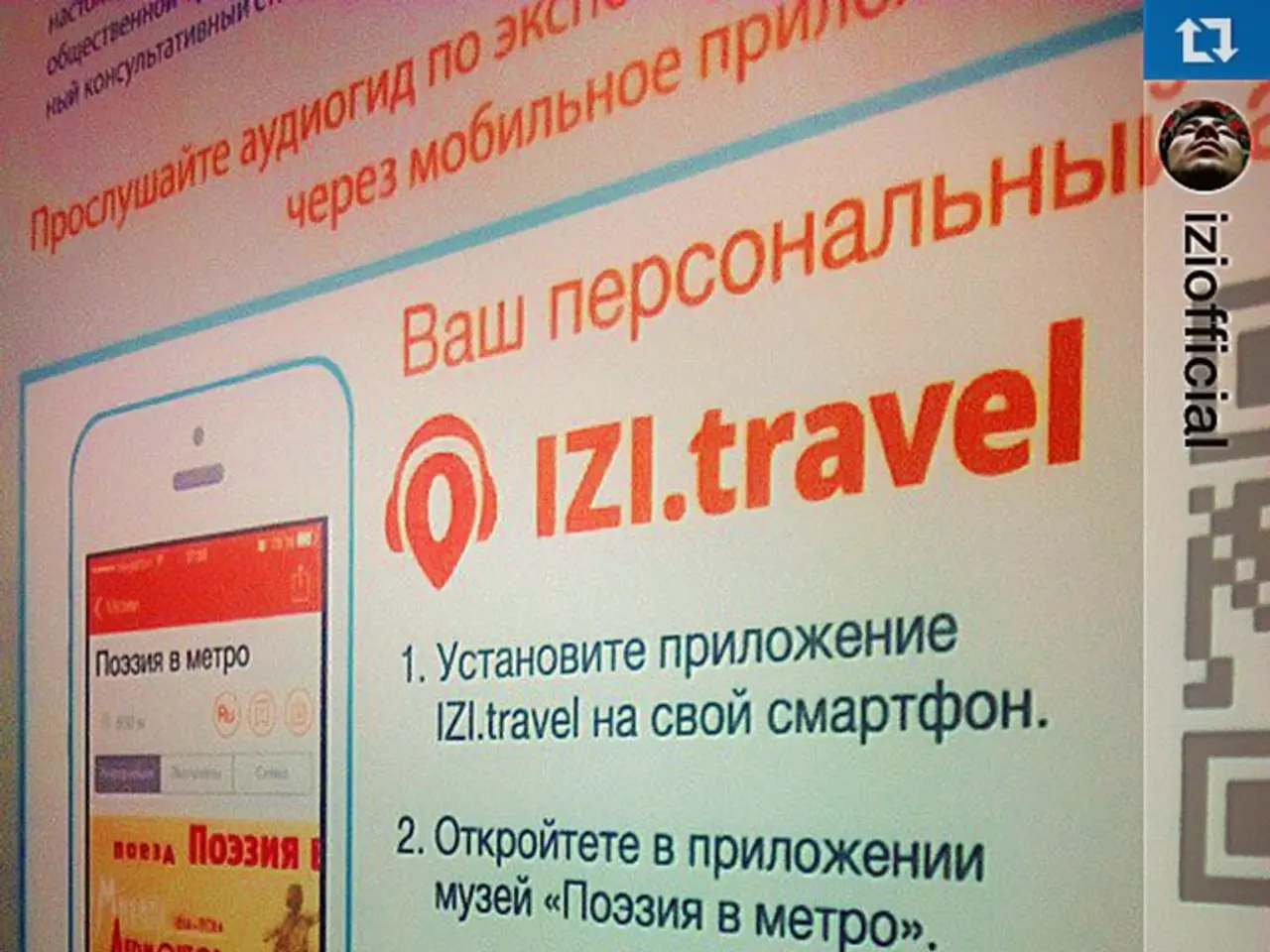Comprehensive Handbook on Managing Social Networks
In the digital age, social media management has become an essential tool for businesses looking to connect with their customers, increase brand awareness, and boost leads and sales. Here's a guide to effective social media management in 2025, focusing on strategic planning, audience understanding, tailored content creation, and consistent performance measurement.
**1. Develop a Clear Social Media Strategy**
A successful social media strategy begins with defining specific, measurable, achievable, relevant, and time-bound (SMART) goals that align with overall business objectives. Identifying the social media channels best suited to your audience and business goals is also crucial. Assigning roles and responsibilities within your team ensures coordinated execution.
**2. Understand and Target Your Audience**
Conducting audience research using analytics and customer insights is vital for tailoring content to meet the needs and preferences of your audience. Monitoring demographics, interests, and behaviors helps create engaging and relevant posts that nurture loyalty and conversions.
**3. Audit Your Existing Social Media Presence**
Regularly reviewing performance across platforms helps identify what works and where to improve. Ensuring all profiles are complete, accurate, and professionally branded, notably on platforms like LinkedIn and Google Business Profile, is essential.
**4. Choose the Right Platforms and Use Platform-Specific Best Practices**
Picking platforms where your audience is most active and that fit your content style is key. For example, Facebook is ideal for using authentic native videos and Facebook Shop features, while Instagram benefits from utilising 3-5 relevant hashtags and collaborating with influencers. Twitter works well with up to 2 hashtags, images/videos, and tagging relevant accounts, while LinkedIn thrives on sharing industry-specific content and growing your network. TikTok excels with short, interactive videos using trending sounds and hashtags.
**5. Create and Maintain a Social Media Content Calendar**
Planning and scheduling content consistently helps maintain audience engagement and meet strategic goals. Mixing content types (videos, images, text) and balancing promotional with value-driven or inspirational posts ensures a varied and engaging feed.
**6. Use Social Media Management Tools**
Leveraging software like SocialBee or Planable for scheduling, monitoring, collaboration, and analytics streamlines operations, saving time and resources.
**7. Engage and Nurture Your Community**
Responding promptly and thoughtfully to comments, messages, and reviews, especially on platforms like Google Business Profile, fosters conversations by tagging relevant accounts and encouraging user interaction.
**8. Monitor Performance and Adjust**
Tracking metrics to analyse the effectiveness of posts and campaigns using platform analytics and third-party tools helps improve ROI and audience engagement over time. Adjusting your strategy based on data insights ensures continued success.
Implementing these best practices ensures a structured, responsive, and audience-focused approach that maximises social media impact and helps achieve business goals effectively in 2025. Regularly recognising and rewarding active community members encourages continued engagement and loyalty. Influencer marketing, creating special interest groups, and hosting live sessions can further amplify a brand's reach and credibility on social media.
- Incorporate business goals with specific, measurable, and achievable objectives in the education and self-development of your content calendar to ensure a profitable finance outcome.
- In the content creation process, tailor posts to reflect the lifestyle preferences of your audience on social media platforms, thereby increasing brand awareness and appeal.
- Stay up-to-date with technology trends and platform-specific functionalities, such as Facebook Shop features or TikTok's use of trending sounds and hashtags, to optimize your business's social media presence.




